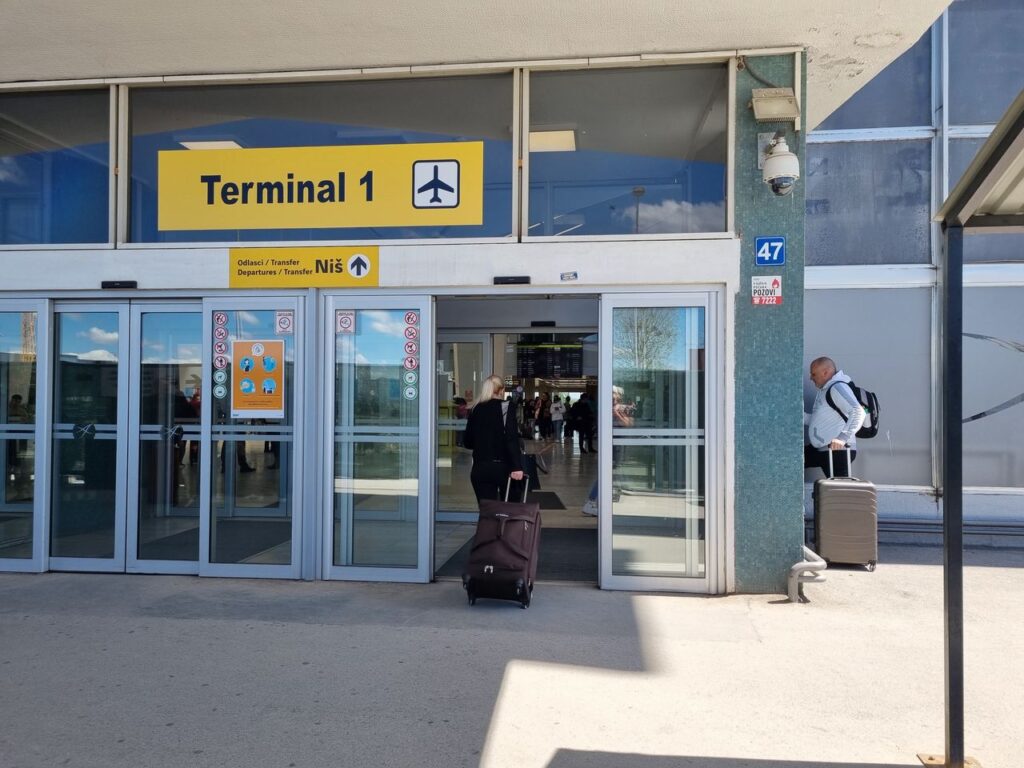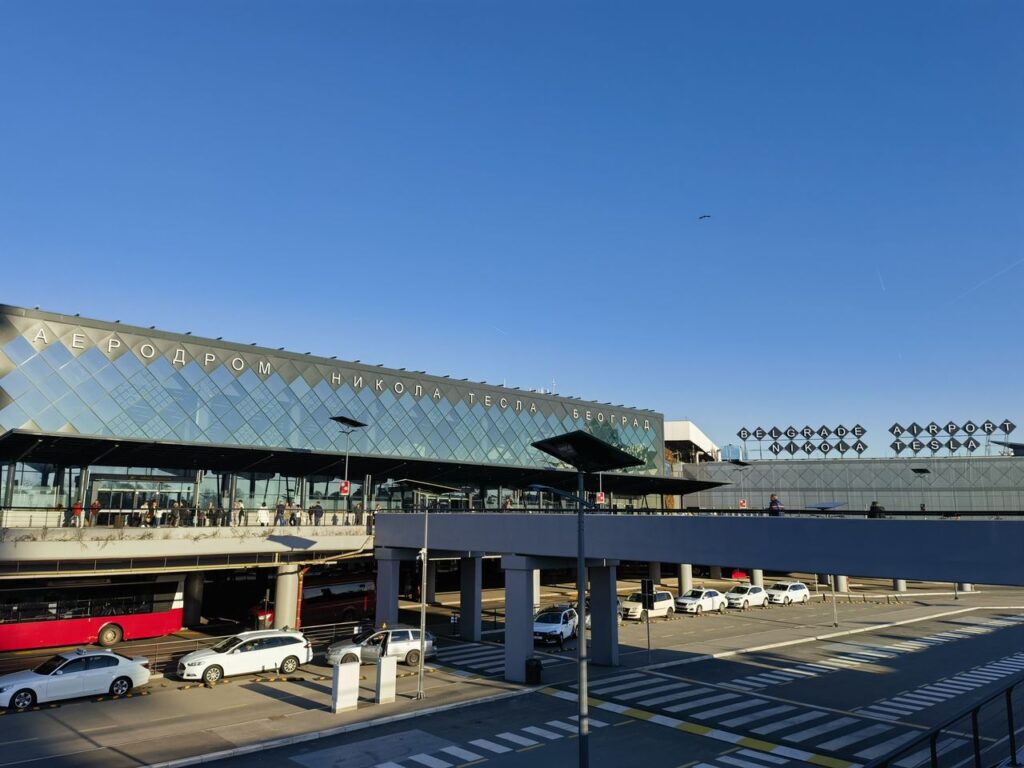Belgrade Nikola Tesla Airport serves as the gateway to Serbia’s vibrant capital, offering travelers a glimpse into the seamless blend of historical charm and modern efficiency that the city boasts. Diving into the heart of this transit hub reveals two key portals: Terminal 1 and Terminal 2, each with its own story, purpose, and array of services tailored to international and domestic travelers alike. So let’s start our guide about Belgrade Airport Terminals!
Terminal 1: The Original Gateway
Originally serving as the sole terminal upon the airport’s inauguration, Terminal 1 (T1) has undergone a fascinating transformation over the decades. Initially catering to domestic flights during the eras of Yugoslavia and Serbia and Montenegro, it now primarily hosts international flights, especially those operated by low-cost and charter airlines.
A New Chapter
The years 2016 and 2017 marked a significant milestone for Terminal 1, as it saw an extensive renovation that revamped its interior. This overhaul was not just a facelift but a reimagining of the terminal’s role and functionality, ensuring it could meet the demands of modern travelers while providing a smoother, more enjoyable transit experience.
Services and Facilities
Though it is the older of the two, Terminal 1 doesn’t lag in offering essential services. From the moment passengers step into the terminal, they are greeted with a range of facilities designed to cater to their needs, from dining options to financial services, ensuring their journey begins or ends on a high note.

Terminal 2: Expanding Horizons
Responding to the surge in passenger numbers, Terminal 2 (T2) was unveiled in 1979. With a capacity to accommodate 5 million passengers, this terminal was a testament to the airport’s ambition to not just keep pace with, but anticipate, future travel trends. T2 houses airline offices, transfer desks, and a variety of retail shops, providing passengers with everything they might need.
Terminal 2’s journey has been one of constant evolution, with significant renovations carried out between 2004 and 2006, and again in 2012 and 2013. These renovations were not mere updates but transformative projects that expanded and overhauled the terminal’s infrastructure, particularly the C platform, ensuring that it remained at the forefront of global travel standards.
Air Serbia & International Flights
T2 is distinguished by its use by Air Serbia and other international legacy carriers, a move that underscores the terminal’s importance in facilitating global connections. Moreover, the introduction of ten self-service check-in counters exemplifies the terminal’s commitment to efficiency, allowing travelers to manage their journey with greater flexibility and convenience.

Navigating the Terminals
Both terminals are adjacent and connected, allowing for easy transit between them. This connectivity is particularly beneficial in the Arrivals hall, where passengers can access a range of services, including car rentals, taxis, and ATMs, before heading into the heart of Belgrade via the convenient A1 bus service.
Read More: Belgrade Airport Maps: Terminals, Location & Parking
In Conclusion: Belgrade Airport Terminals
Belgrade Nikola Tesla Airport, with its two terminals, stands as a testament to Serbia’s rich history and its forward-looking approach to travel and connectivity. Whether you’re passing through Terminal 1’s renovated spaces or utilizing the advanced facilities of Terminal 2, your journey through Belgrade Airport is sure to be a seamless and memorable part of your Serbian adventure.
If You Liked Our Article About Belgrade Airport Terminals, You Also Might Like:
- 6 Hotels Near Belgrade Airport: A Guide to Comfort Stays 2024
- A Comprehensive Guide to Free Wi-Fi in Belgrade Airport 2024
- A Guide to Parking at Belgrade Airport: All Zones 2024
- Belgrade Airport Lounges: A Comprehensive Guide 2024
- Belgrade Airport Maps: Terminals, Location & Parking
- Belgrade Airport Services: A Comprehensive Guide 2024
- Belgrade Airport Terminals: A Guide to Terminals 1 & 2 2024
- Belgrade Airport: A Full Guide for Travelers (2024)
- Belgrade Airport: Things to Do & Shopping 2024
- Currency Exchange and ATM Services at Belgrade Airport: A 2024 Guide
Don’t Miss The Best Tours and Cruises in Belgrade
